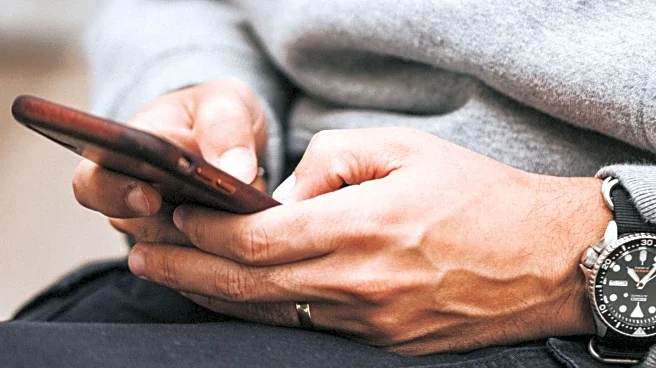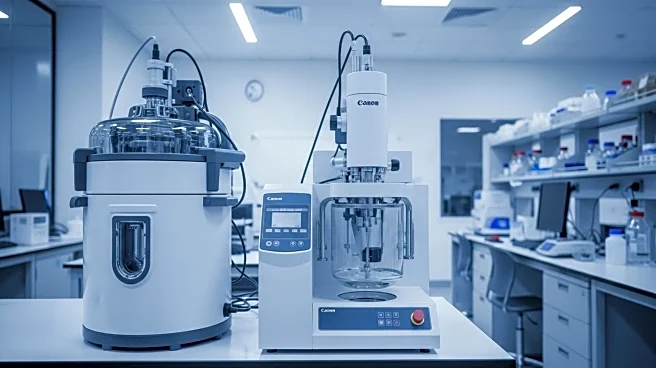What's Happening?
A recent study conducted by Trisha Pasricha at Beth Israel Deaconess Medical Center in Boston has found a correlation between smartphone use on the toilet and an increased risk of haemorrhoids. The study involved 125 participants scheduled for colonoscopies, who were surveyed about their toilet habits and smartphone usage. Results indicated that individuals using smartphones while on the toilet were five times more likely to spend over five minutes there, which is associated with a 46% higher risk of developing haemorrhoids. The study suggests that prolonged sitting on the toilet without pelvic floor support may increase passive pressure on hemorrhoidal cushions, potentially leading to haemorrhoids.
Why It's Important?
The findings highlight a potential public health concern linked to the widespread use of smartphones. As smartphones become ubiquitous, the risk of haemorrhoids may increase globally, affecting individuals' health and potentially leading to increased healthcare costs. The study challenges common assumptions about haemorrhoid causes, such as straining, and suggests that time spent on the toilet is a more significant factor. This could lead to changes in medical advice and public health recommendations, encouraging people to limit smartphone use in the bathroom to reduce health risks.
What's Next?
The research team plans to conduct an intervention study to further explore the causation between smartphone use on the toilet and haemorrhoid risk. Participants will be asked to refrain from using smartphones in the bathroom to assess the impact on haemorrhoid development. This study could provide more definitive evidence and potentially influence public health guidelines and personal habits regarding smartphone use.
Beyond the Headlines
The study raises questions about the broader implications of smartphone addiction and its impact on daily habits and health. It suggests a need for increased awareness about the potential health risks associated with excessive smartphone use, particularly in contexts that may seem harmless, like bathroom usage. This could lead to discussions about digital detox strategies and healthier lifestyle choices.












